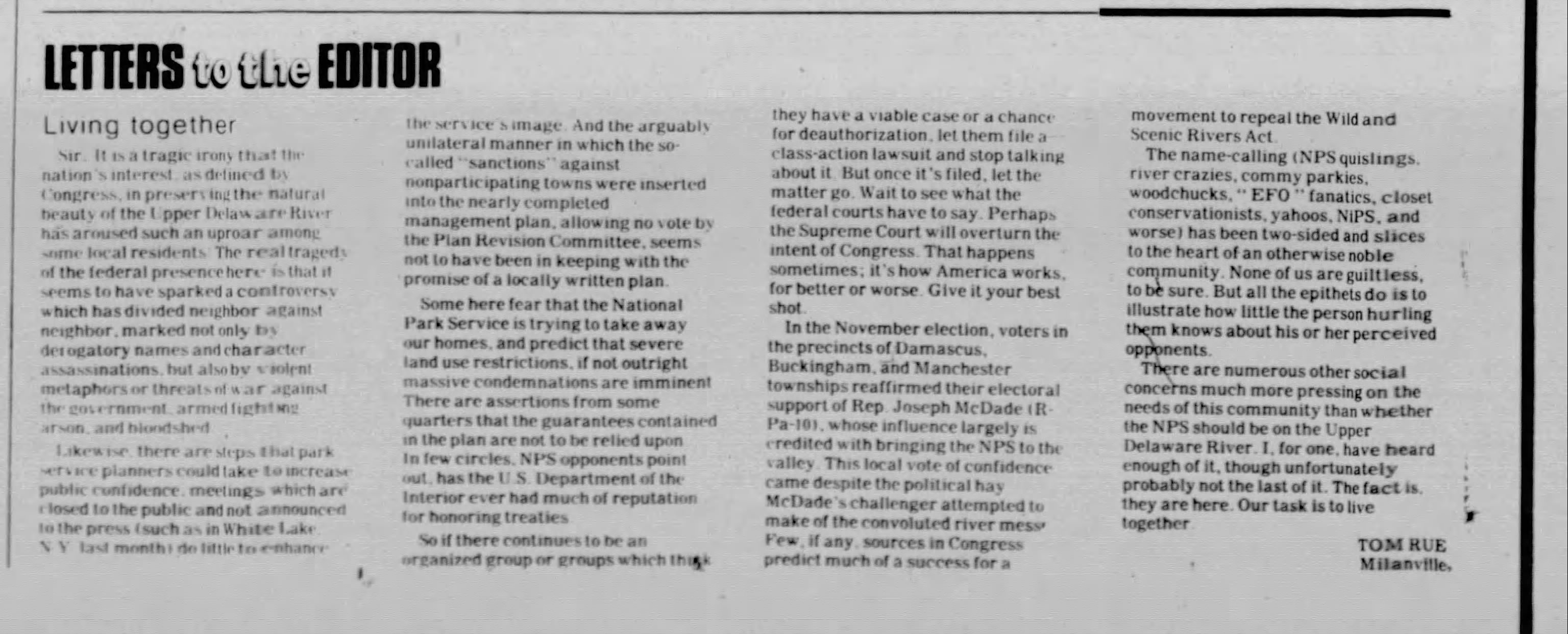The house on Fairfield Street
By WILLIAM W. BROWN III
My name is Bill Brown.
- Read more about The house on Fairfield Street
- Log in or register to post comments
By WILLIAM W. BROWN III
My name is Bill Brown.
"Use of Innisfree Facility
Treasurer Ann Rue reported that The River School continues to rent the entire dormitory building. Moreover, the following locally based non-profit groups make regular use of the Innisfree recreation hall for organization meetings:
CERTIFICATE OF INCORPORATION OF
HAWTHORN GROVE, INC.
Under Section 402 of the Not-For-Profit Corporation Law,
THE UNDERSIGNED, for the purpose of forming a corporation pursuant to Section 402 of the Not-For-Profit Corporation Law of the State of New York, do hereby certify and set forth:
[1]. The name of the Corporation is:
HAWTHORN GROVE, INC.
CONSTITUTION AND BY-LAWS OF
Hawthorn Grove, Inc.
(A Pagan religious congregation)
ARTICLE I - PREAMBLE
A. The name of this religious society shall be Hawthorn Grove, Inc.
The Myth of Endymion
The Hawthorn Spinner, Vol. I, No. 4, September 7, 1992, pp. 1-2
by Endymion Vervain
In keeping with the approach of the festival of Samhain, I recently discovered some poems pasted into a small shriveled pocket calendar dated 1876, owned by one of my ancestors.

Delightful detours in Pike and Wayne Counties by Doug Hay and Tom Rue, April 1988, pp. 49-54, Vol. 7, No. 4.

Scrantonian Tribune, December 12, 1987


Scranton Tribune, January 11, 1987

Scranton Tribune, January 20, 1987